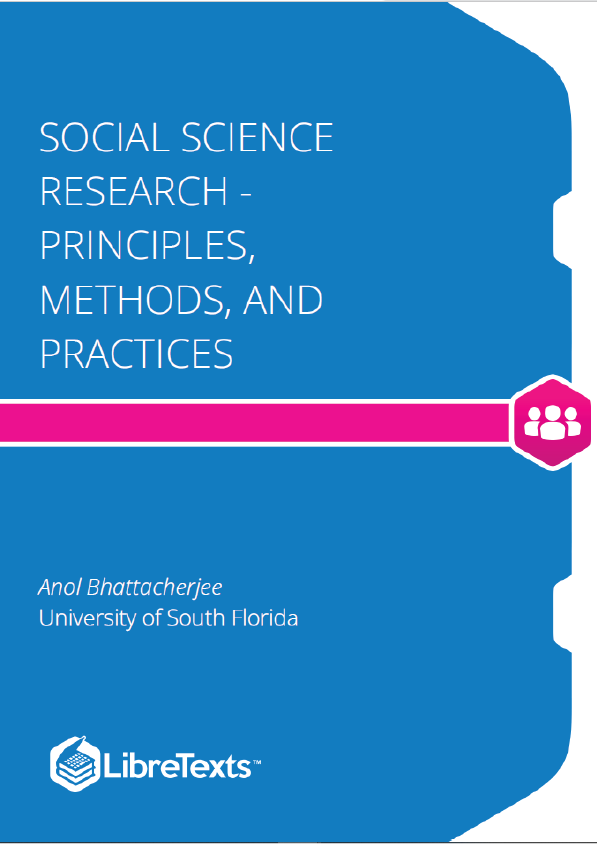What is research? Depending on who you ask, you will likely get very different answers to this seemingly innocuous question. Some people will say that they routinely research different online websites to find the best place to buy goods or services they want. Television news channels supposedly conduct research in the form of viewer polls on topics of public interest such as forthcoming elections or government-funded projects. Undergraduate students research the Internet to find the information they need to complete assigned projects or term papers. Graduate students working on research projects for a professor may see research as collecting or analyzing data related to their project. Businesses and consultants research different potential solutions to remedy organizational problems such as a supply chain bottleneck or to identify customer purchase patterns. However, none of the above can be considered “scientific research” unless: (1) it contributes to a body of science, and (2) it follows the scientific method. This chapter will examine what these terms mean.
What is science? To some, science refers to difficult high school or college-level courses such as physics, chemistry, and biology meant only for the brightest students. To others, science is a craft practiced by scientists in white coats using specialized equipment in their laboratories. Etymologically, the word “science” is derived from the Latin word scientia meaning knowledge. Science refers to a systematic and organized body of knowledge in any area of inquiry that is acquired using “the scientific method” (the scientific method is described further below). Science can be grouped into two broad categories: natural science and social science. Natural science is the science of naturally occurring objects or phenomena, such as light, objects, matter, earth, celestial bodies, or the human body. Natural sciences can be further classified into physical sciences, earth sciences, life sciences, and others. Physical sciences consist of disciplines such as physics (the science of physical objects), chemistry (the science of matter), and astronomy (the science of celestial objects). Earth sciences consist of disciplines such as geology (the science of the earth). Life sciences include disciplines such as biology (the science of human bodies) and botany (the science of plants). In contrast, social science is the science of people or collections of people, such as groups, firms, societies, or economies, and their individual or collective behaviors. Social sciences can be classified into disciplines such as psychology (the science of human behaviors), sociology (the science of social groups), and economics (the science of firms, markets, and economies).
The natural sciences are different from the social sciences in several respects. The natural sciences are very precise, accurate, deterministic, and independent of the person making the scientific observations. For instance, a scientific experiment in physics, such as measuring the speed of sound through a certain media or the refractive index of water, should always yield the exact same results, irrespective of the time or place of the experiment, or the person conducting the experiment. If two students conducting the same physics experiment obtain two different values of these physical properties, then it generally means that one or both of those students must be in error. However, the same cannot be said for the social sciences, which tend to be less accurate, deterministic, or unambiguous. For instance, if you measure a person’s happiness using a hypothetical instrument, you may find that the same person is more happy or less happy (or sad) on different days and sometimes, at different times on the same day. One’s happiness may vary depending on the news that person received that day or on the events that transpired earlier during that day. Furthermore, there is not a single instrument or metric that can accurately measure a person’s happiness.











